Research Facilities
Our department a variety of specialised equipment and resources for research in addition to shared resources at the University of Regina and external resources. We also have a full-time technician, Ms. Joanne Downing. These facilities empower our faculty, graduate students, and undergraduate summer and project students in their cutting-edge research activities. Individual faculty members are responsible for their lab resources, but we often share access to resources as needed by other faculty members and University of Regina researchers. If you are interested in accessing a facility, please reach out to the faculty contact listed for that facility for more information. Note that access to facilities at the University of Regina requires safety training offered through URegina Health and Safety.
Facilities are listed in alphabetical order, with communal facilities at the end. Please click the “+” sign beside each lab or facility to read about our resources.
This facility (LB 317.3) provides space and equipment to conduct low temperature geochemical experiments and prepare samples for further analysis. Existing infrastructure includes an automated potentiometric titrator, microelectrode sensors, and chemically inert hotplates whose acquisition was supported by a CFI-JELF grant. The long-term vision is to acquire a laser ablation ICP-MS system to support the analysis of a wide array of environmental samples. The faculty member contact for this facility is Dr. Leslie Robbins.
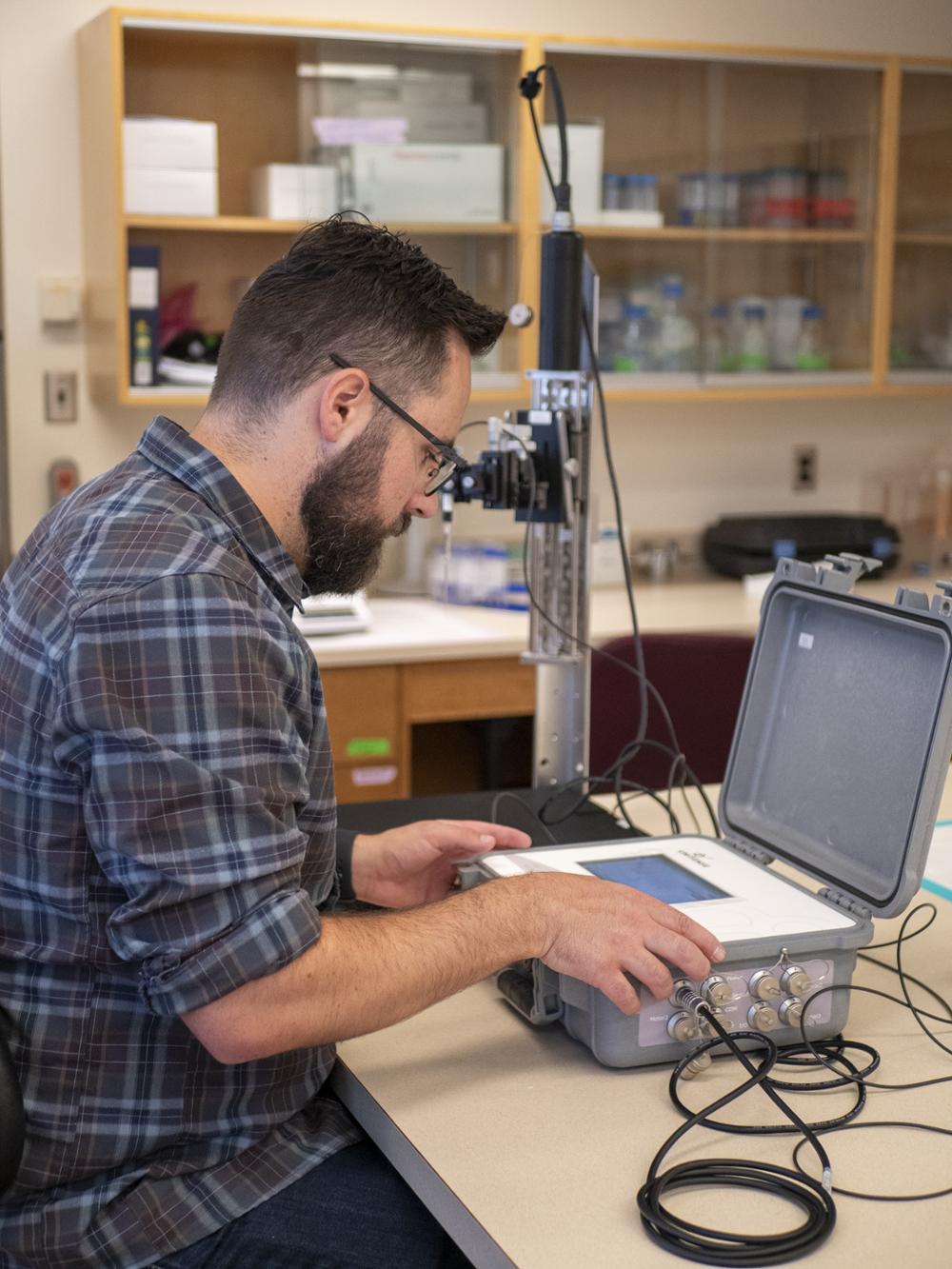
The laboratory (LB317, 306-585-4583) hosts facilities for analysis and modeling of geofluids, including instruments for fluid inclusion microthermometry, Raman spectroscopy, and workstations and software for numerical modeling of fluid flow and geochemical reactions. Instruments for microthermometry include Linkam THMS600 and USGS-style Fluid Inc. heating-freezing stages (from -196˚C to 600˚C), a TS1500 high temperature stage for melt inclusions (to 1500˚C), digital cameras, IR attachment for fluid inclusions in opaque minerals, and UV attachment for petroleum inclusions. The Raman spectroscopy comprises a Renishaw RM Raman spectroscope equipped with 515 nm and 785 nm lasers and objectives of X50 (including long working distance) and X100. Software for geofluids modeling includes FLAC3D, TOUGHREACT (PetraSim), Basin2, BsnMod, and Geochemist’s Workbench (GWB). The faculty contact for these facilities is Dr. Guoxiang Chi.
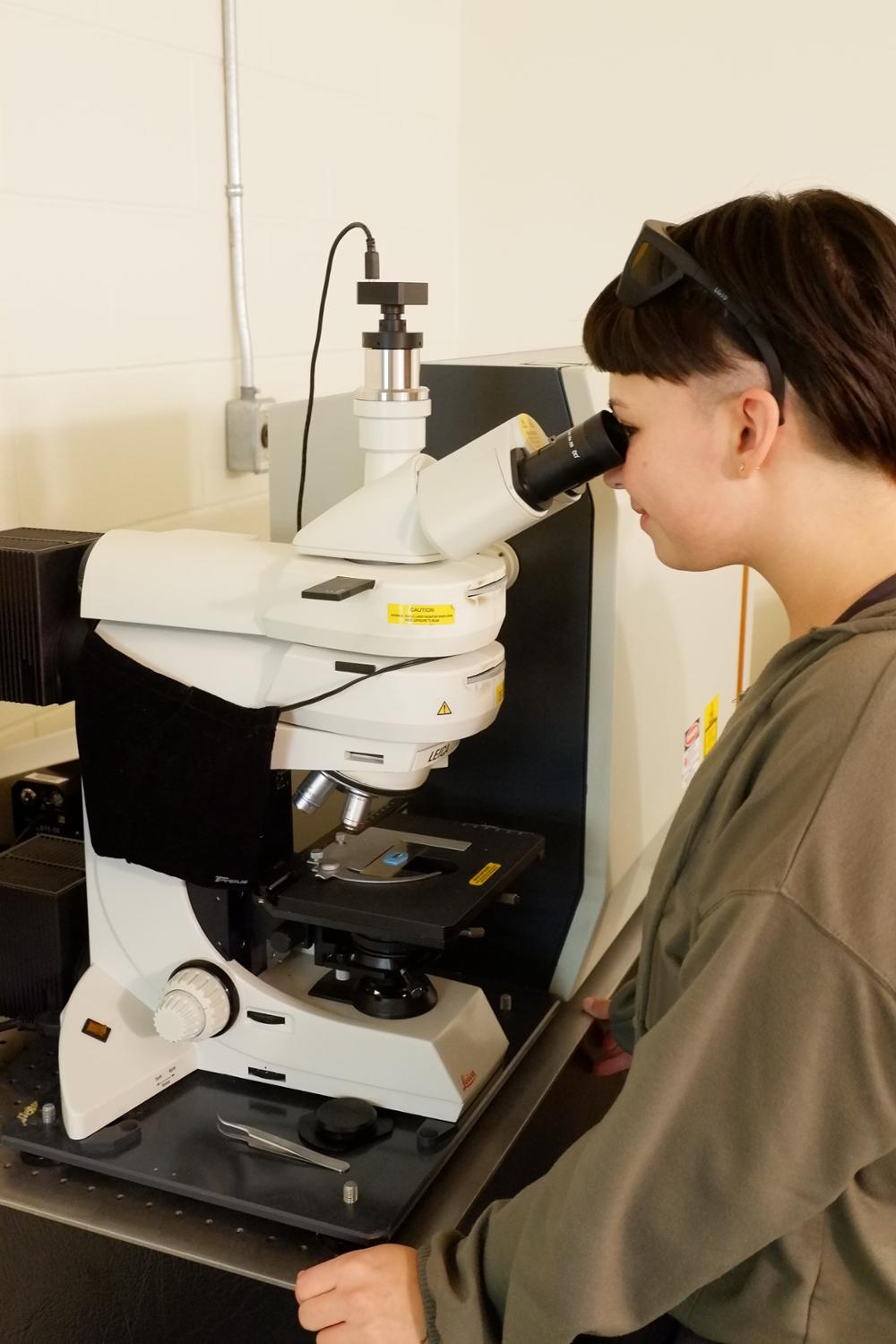
These facilities (LB413, LB415, 306-585-5337) include equipment for geomicrobiological and aqueous geochemical sample preparation and analyses. Equipment for culturing anaerobic microbes and processing anoxic samples include a N2:H2 anaerobic Coy glove box and an anaerobic degassing station. General laboratory equipment include a pH/Eh station, incubators, a benchtop spectrophotometer, microcentrifuges, a larger benchtop centrifuge, dry bath/block heaters, tube rotators, a Retsch M2000 grinder, vacuum pumps, a Labconco freeze dryer, refrigerated and shaking water baths, fume hoods, and a -80˚C freezer. Equipment for molecular biological sample preparation and analyses include a FastPrep homogenizer, Labconco Airclean workstation, Qubit fluorometer, and PCR/qPCR machines. The microscopy room is equipped with an Olympus BX51 epifluorescence microscope with and a Teledyne Lumenera INFINITY 3S camera. The lab space also includes a dry lab area for researchers to conduct data analysis, and computing facilities. Field equipment includes a WILDCO hand core sediment sampler push corer and inflatable kayaks. This lab benefits from access to nearby CLS and IMSS facilities (see information in the other and external facilities sections below). The faculty member contact for this facility is Dr. Joyce McBeth.
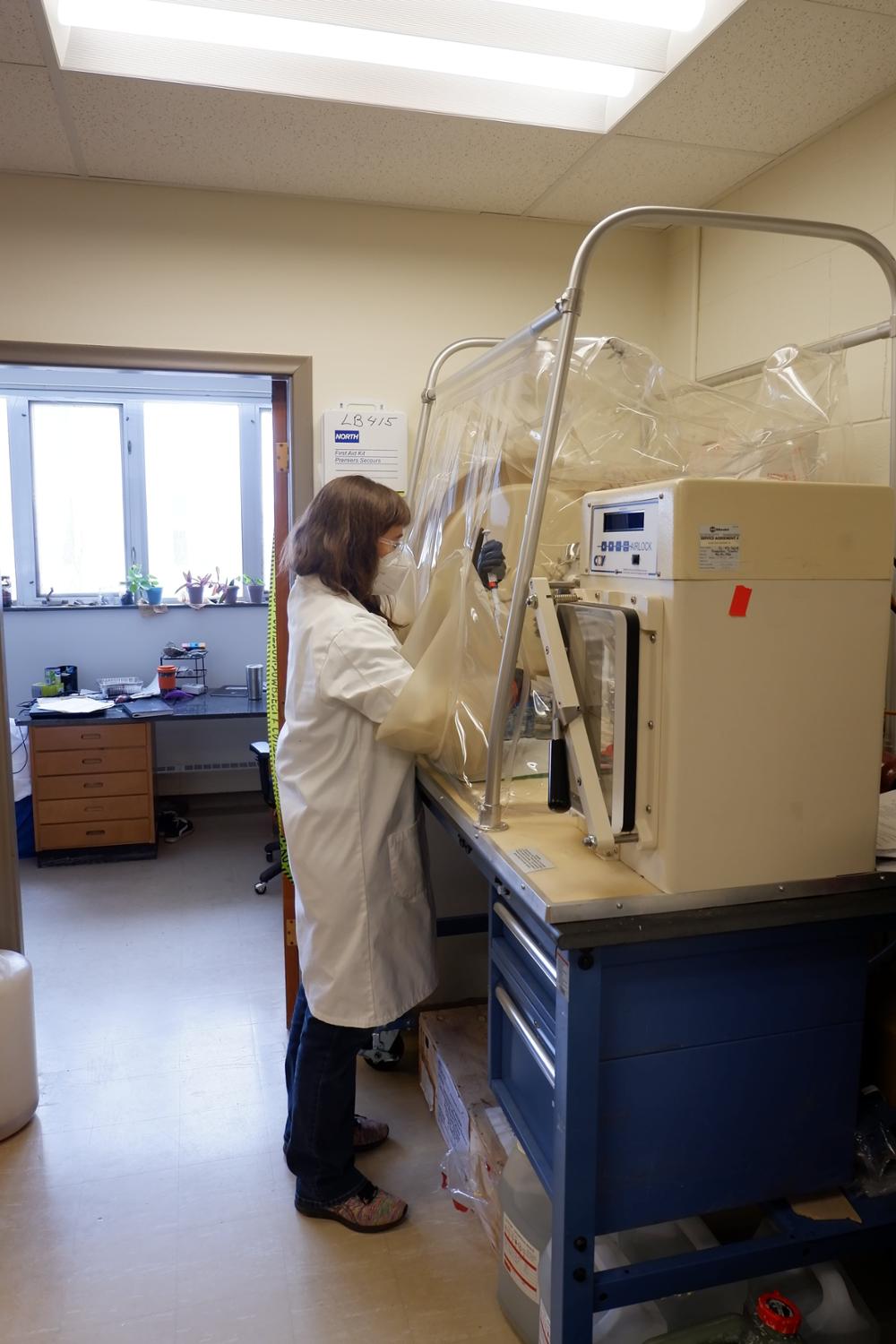
The facility (CW207.5/CW207.4) contains state-of-the-art equipment and software packages for Geology, Geomodelling and GIS. The lab has Apple and PC workstations, a drafting table, and a large format scanner. There is a wide variety of software packages, including ArcGIS Pro, Leapfrog, Global Mapper, ENVI, IgPet, and GeoScout. Printing capabilities include an HP LajerJet color printer and an HP DesignJet 5500 42" plotter. The lab is also equipped with trinocular polarizing transmitted & reflected microscopes and imaging systems, as well as a portable magnetic susceptibility/conductivity meter. This lab group also has a space for mineral separation work (part of room LB316). The faculty contact for these facilities is Dr. Tsilavo Raharimahefa.
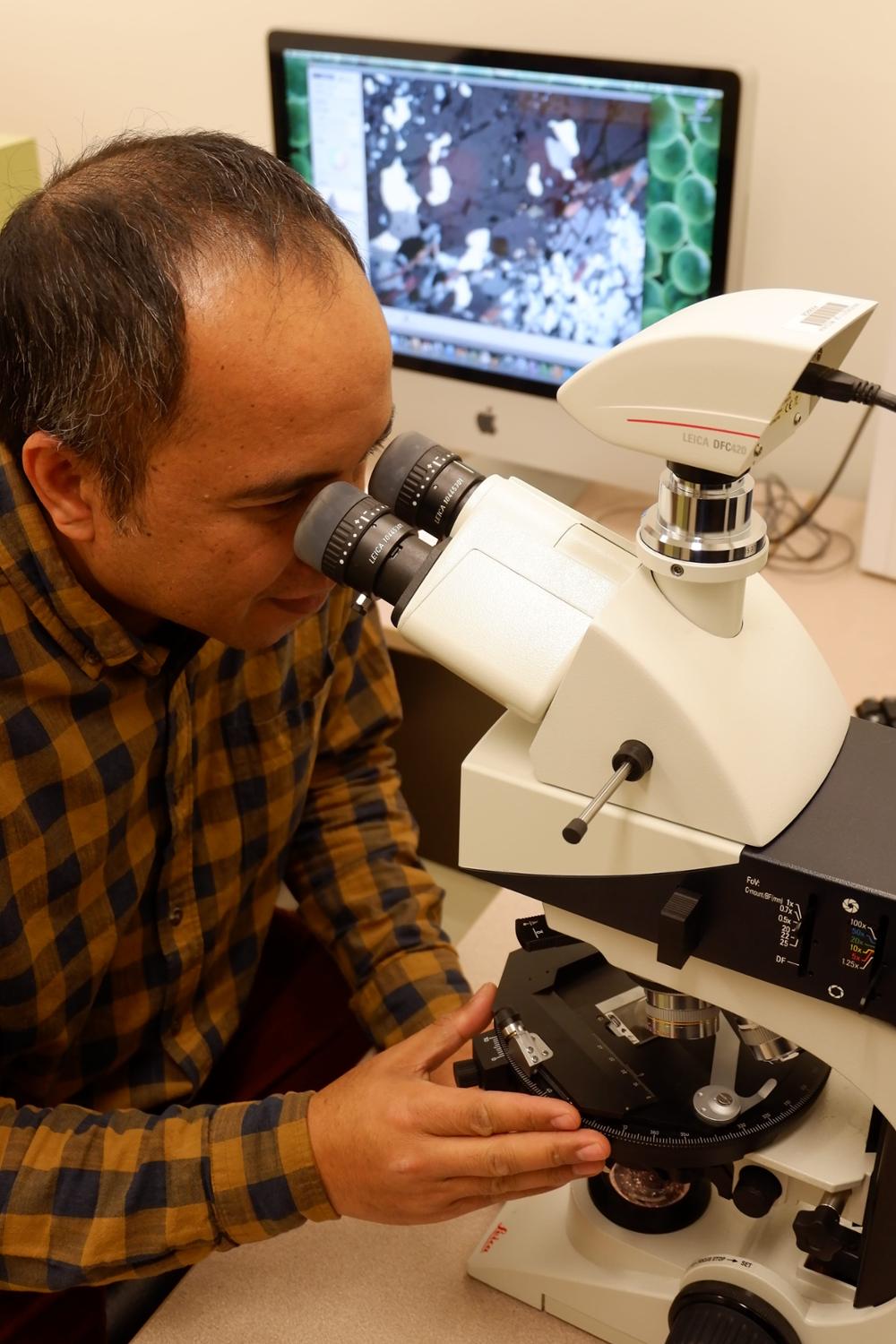
The facility (LB420) contains bench space for map work and sample preparation. Computer workstations are equipped with software for map compilation (ArcGIS), structural-geometric analysis and geochemical-geochronological study. A transmitted & reflected light research microscope (Nikon EPOL600) with digital camera mount facilitates petrographic-microstructural study. the lab is equipped with a range of outdoor camping equipment, as well as an inflatable boat (zodiac) and motor, for research in remote (wilderness) areas of the Canadian shield. The faculty contact for this facility is Dr. Kathryn Bethune.
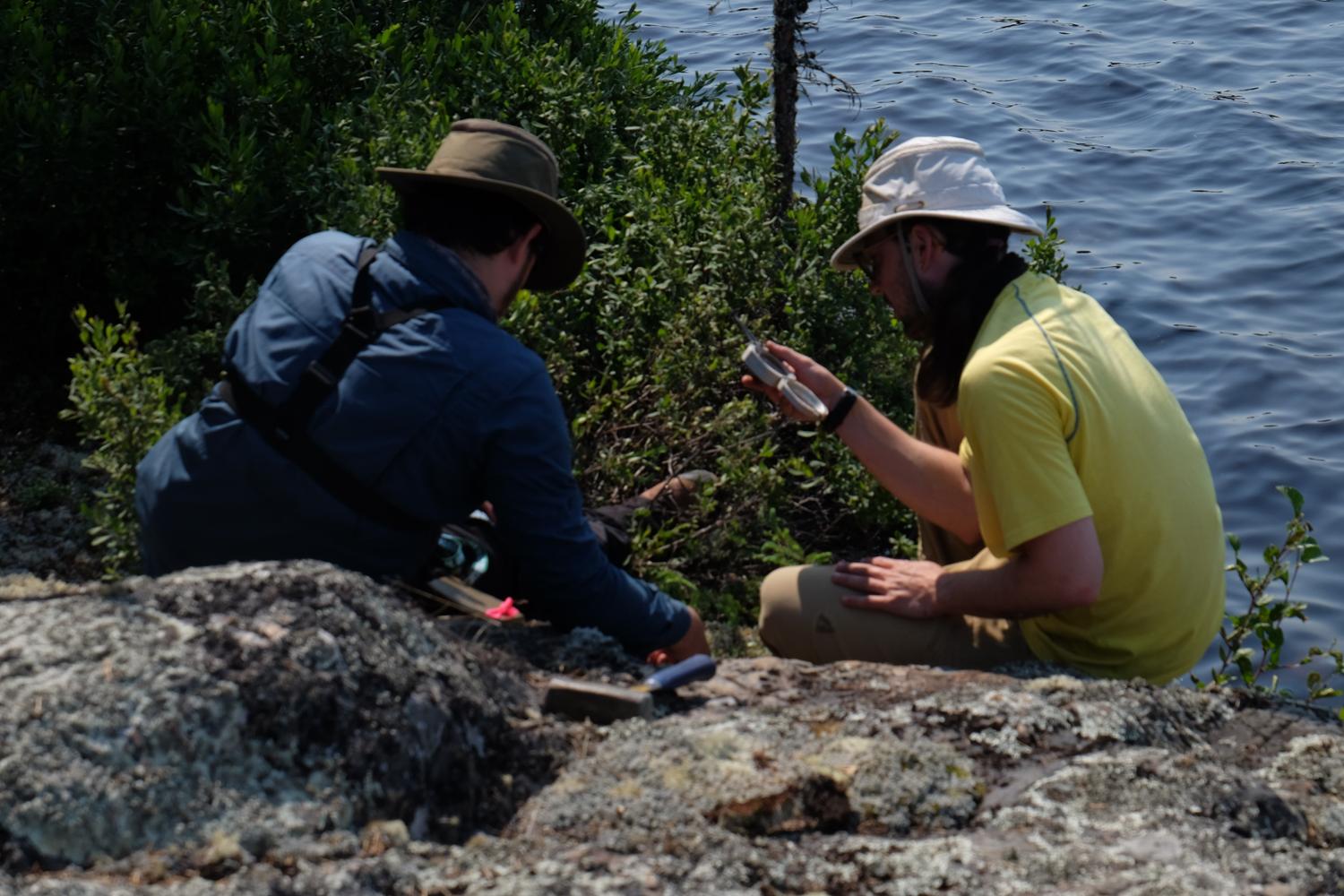
The Tescan scanning electron microscope instrument (room RI016) allows for the examination of minerals, rocks, and fossils at a variety of magnifications. Accessories include a backscattered electron detector, and an energy-dispersive detector. The contact faculty member for this facility is Dr. Ian Coulson, and Ms. Joanne Downing is a secondary contact person.
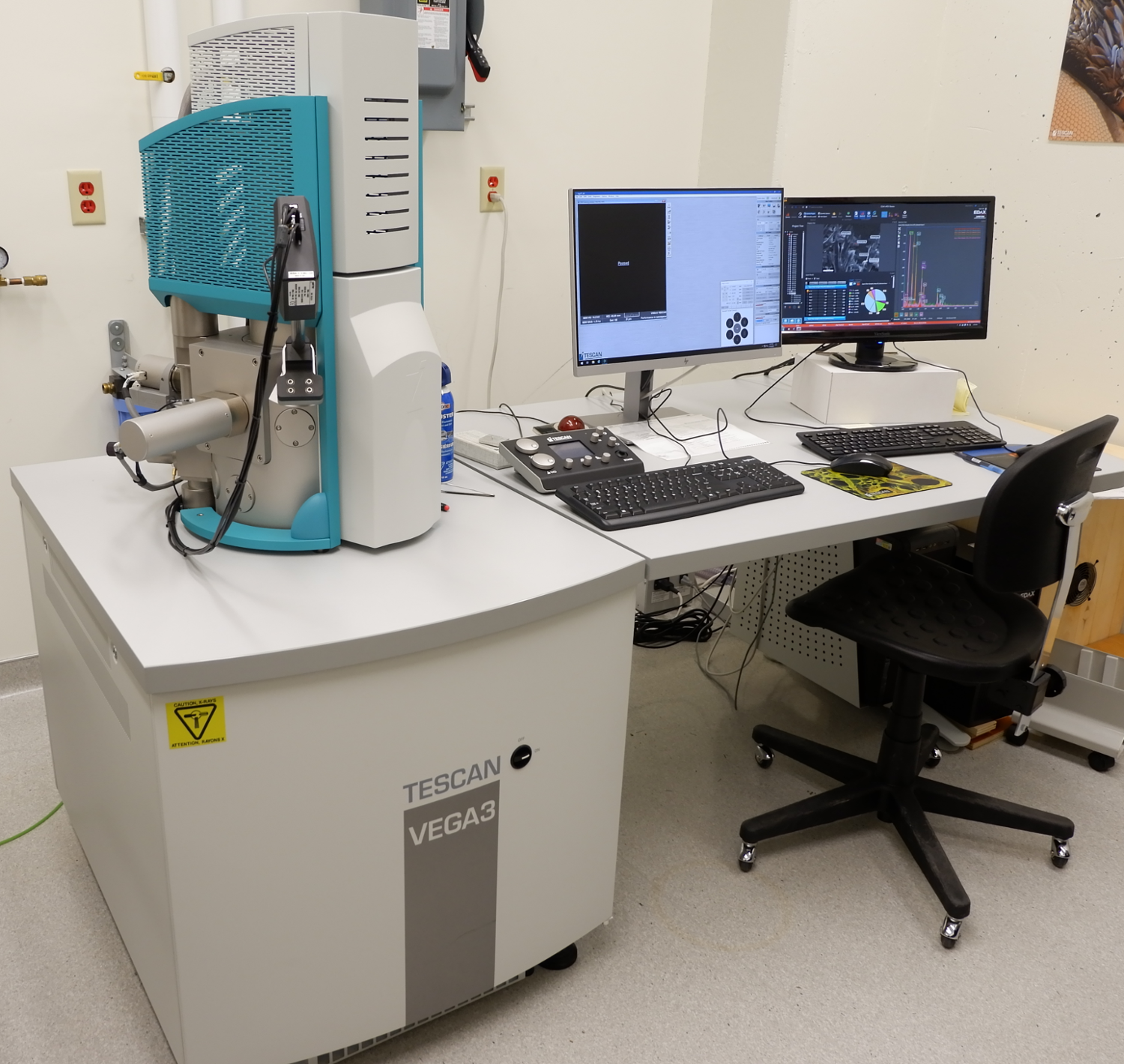
These communal facilities (rooms CW 021 and CW 022) include cutting, crushing, grinding, milling and polishing equipment. There are also a selection of sieves for sample processing, a magnetic separator, and ovens for sample drying. The contact people for these facilities are Dr. Kathy Bethune, Dr. Tsilavo Raharimahefa, and Ms. Joanne Downing.
Our researchers benefit from access to other user facilities at the University of Regina. These include:
Health and Safety – safety training, centralized chemicals database
- UR Stores – chemical and supplies ordering
- Institute of Environmental Change and Society (IECS) – water quality analyses
- Department of Biology - communal large capacity autoclaves (LB floor 4) and an ice machine.
- Department of Chemistry and Biochemistry – Transmission electron microscope (TEM).
- The Petroleum Technology Research Institute (PTRC)
- Faculty of Engineering – 3-D printer, machine shop
- Department of Physics – 3-D printer
- The University of Regina Institute for Microbial Systems and Society (IMSS) – this facility includes high-throughput sequencing facilities.
Our researchers benefit from access to nearby scientific user facilities outside of the University of Regina. These include:
- The Canadian Light Source (CLS) synchrotron: This facility is a short 2.5 hr drive away in Saskatoon, SK. Several of our faculty members and researchers have used this facility. Tools include X-ray absorption spectroscopy, powder X-ray diffraction, and micro-X-ray Fluorescence Mapping.
- The Saskatchewan Research Council (SRC) Environmental Analytical Laboratories
- The Saskatchewan Geological Survey (SGS) and SGS Subsurface Core Lab: we have a memorandum of understanding for use of the subsurface core lab facilities.